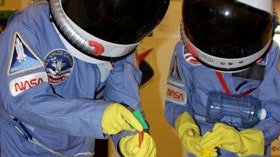Homepage
•
Learning Library
•
Blog
•
How might we create the next great innovator?
Expand breadcrumbs
Expand breadcrumbs
- Learning Library
- Blog
- How might we create the next great innovator?
- Homepage
- •
- Learning Library
- •
- Blog
- •
- How might we create the next great innovator?
How might we create the next great innovator?
By Lisa Abel-Palmieri
July 1, 2014








